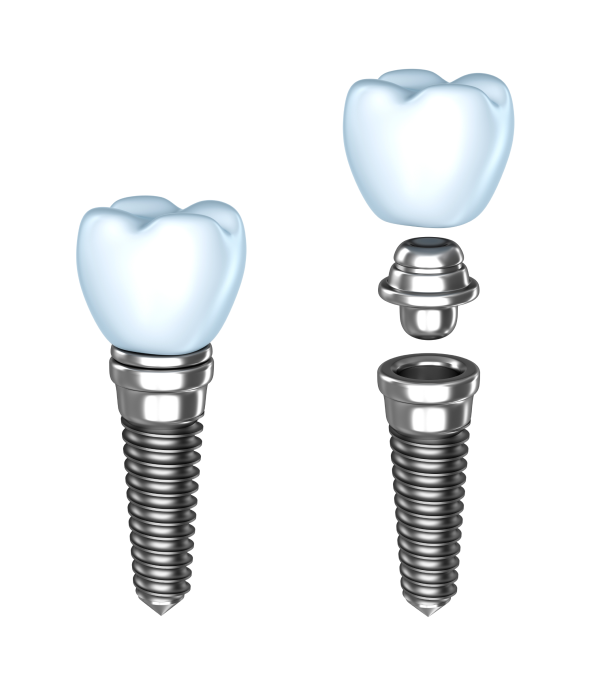Types of Dental Implants: Endosteal, Transosteal & Subperiosteal
Dental implants can help fix any missing, broken or loose teeth. They can turn our damaged smiles, into a beautiful ones! But did you know there are 3 types of implants? You do now! Read below and find out what implant you might need!
What are Dental Implants?
First, lets start with a brief introduction into what exactly dental implants are, case you’ve never had one. They are metal posts or frames that are surgically positioned into the jawbone beneath your gums. Once in place, they allow your dentist to mount replacement teeth onto them. They are a safe and proven effective replacement for the tooth root – the very foundation of a natural tooth.
Types of Implants
Now that you know what a dental implant is, find out the 3 types and what they mean for your teeth and overall health.
- Endosteal Implants: In this type, the tooth roots are replaced by screws, cylinders, or blades that are usually made of titanium or ceramic material. The implant is surgically drilled into the jawbone that helps to hold the artificial teeth in place. Thus, these implants lie completely inside the jawbone, well below the gums. However, artificial teeth are not directly connected to endosteal implants. So, once the dental implant is inserted into the jawbone, a post is connected to the implant. The artificial tooth is then securely placed over the post
- Transosteal Implants: These implants that can be fitted only to the lower jawbone are generally not recommended as the surgical procedure is complicated and extensive. The procedure involves attaching a metal plate at the bottom of the jawbone, with screws running through the jawbone, and the posts embedded within the gum tissue. An incision is made below the chin to fix the plate with screws and posts on top, to attach the artificial teeth. However, these implants are not available at a pocket-friendly price as they have to be customised according to the width and height of the jawbone. This will ensure that the implant fits correctly on the individual.
- Subperiosteal Implants: a metal framework is firmly secured on the jawbone, but the framework lies below the gum line. Metal posts are again necessary, and appear to be projecting outwards above the gum line through the metal frame. The procedure is time-consuming, has minimal success rate, and can result in post-surgical scars.
Dental implants also come in different sizes and heights, including standard and narrow. Call Dr. Hassan El-Awour’s Dental Office to book an appointment to help you determine what option is right for you, which depend on the tooth or teeth that need to be replaced.
More




